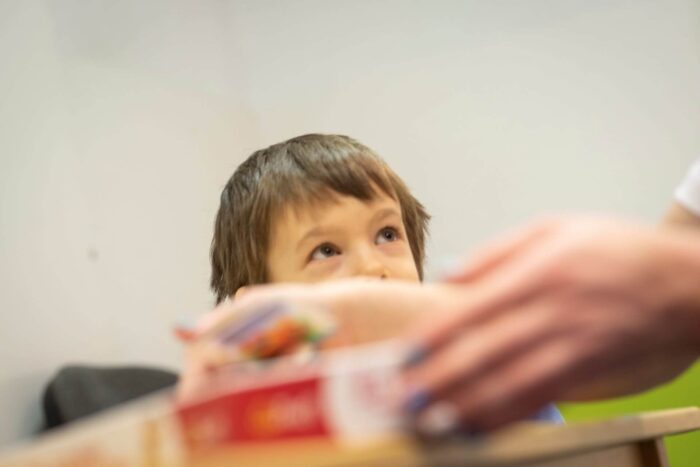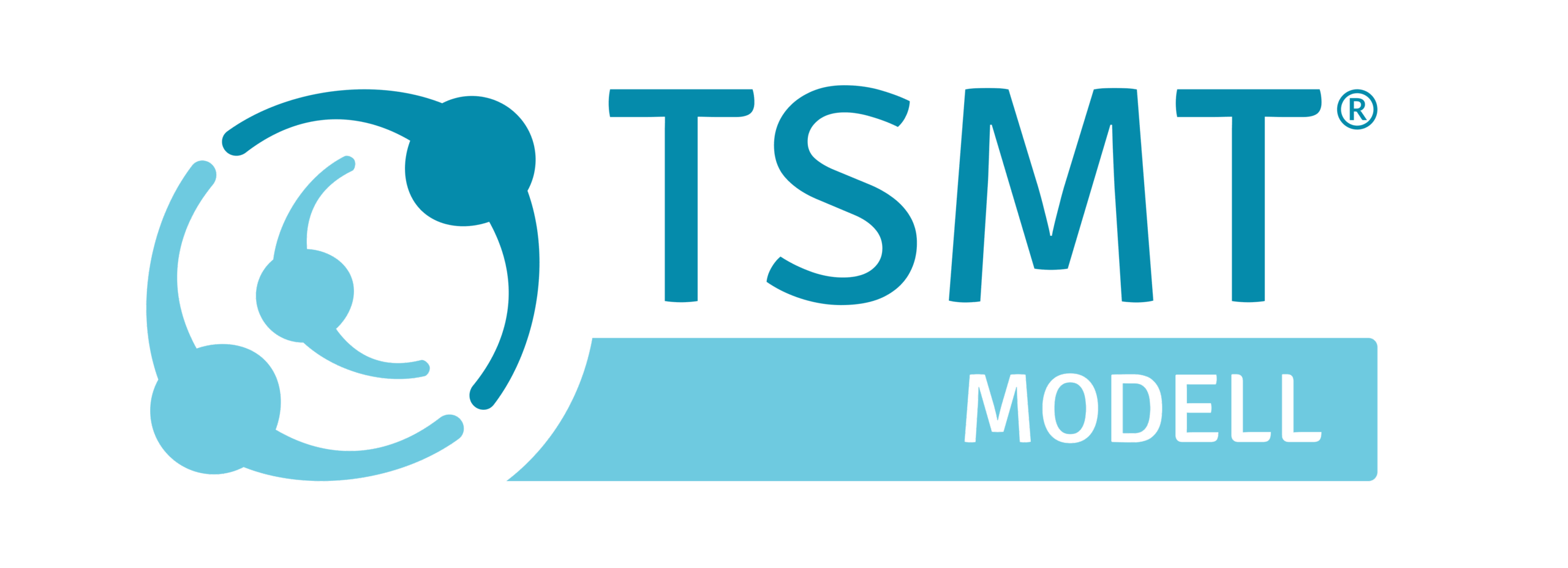
TSMT® and HRG therapies can be effective supplements to the development of children with autism.
It is important to emphasize that autism care primarily takes place under the guidance of a child psychiatrist and an autism-specific special educator, who collaborate with the therapist to develop a personalized developmental plan tailored to the child’s needs.
What do we know about autism?
Autism spectrum disorder is a neurodevelopmental condition that causes difficulties in communication, social relationships, and flexible behavior organization. Autism can manifest in varying degrees and is often associated with sensory processing disorders and rigid behavioral patterns. The symptoms of children with autism are diverse—falling along a spectrum—meaning every child requires unique development tailored to their needs.
Why consider the LongiKid® assessment for children with autism or suspected autism?
The LongiKid® assessment helps identify neurological and sensorimotor deviations that may be associated with autism symptoms. It also highlights the strengths that can be leveraged during therapy. Based on the results, an individualized developmental plan can be created to specifically support the child’s growth.
How do TSMT® exercises help reduce symptoms?
TSMT® exercises stimulate the nervous system, reducing sensory sensitivity, improving motor coordination, and fostering task awareness and cooperation. These exercises indirectly support communication development by enabling the child to focus better on tasks and enhance attention necessary for social interactions. This improved task engagement positively impacts other therapeutic activities, communication development, and integration into preschool or school settings.
How does individual TSMT® help?
Individual TSMT® supports sensory processing, self-regulation, and attention with exercises tailored to the child’s specific needs. During therapy, the child learns new skills in a closely monitored environment through personalized tasks, which enhance their everyday functioning.
How does group TSMT® help?
Group TSMT® offers children with autism the opportunity to practice skills needed for social situations, such as cooperation and rule-following, in a safe environment—often in the presence of parents but, depending on their maturity, independently as well. Shared movement exercises promote independence while improving the child’s adaptability.
How does HRG therapy provide targeted support?
HRG therapy utilizes the calming and stimulating effects of water, which is particularly beneficial for children with autism spectrum disorder. The natural resistance of water and the structured tasks performed during therapy enhance sensory integration, reduce anxiety, and promote emotional stability. Water-based exercises support the development of muscle tone, motor coordination, and proprioceptive perception, while also providing children with a playful sense of achievement.
